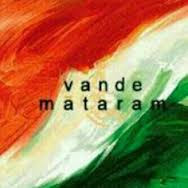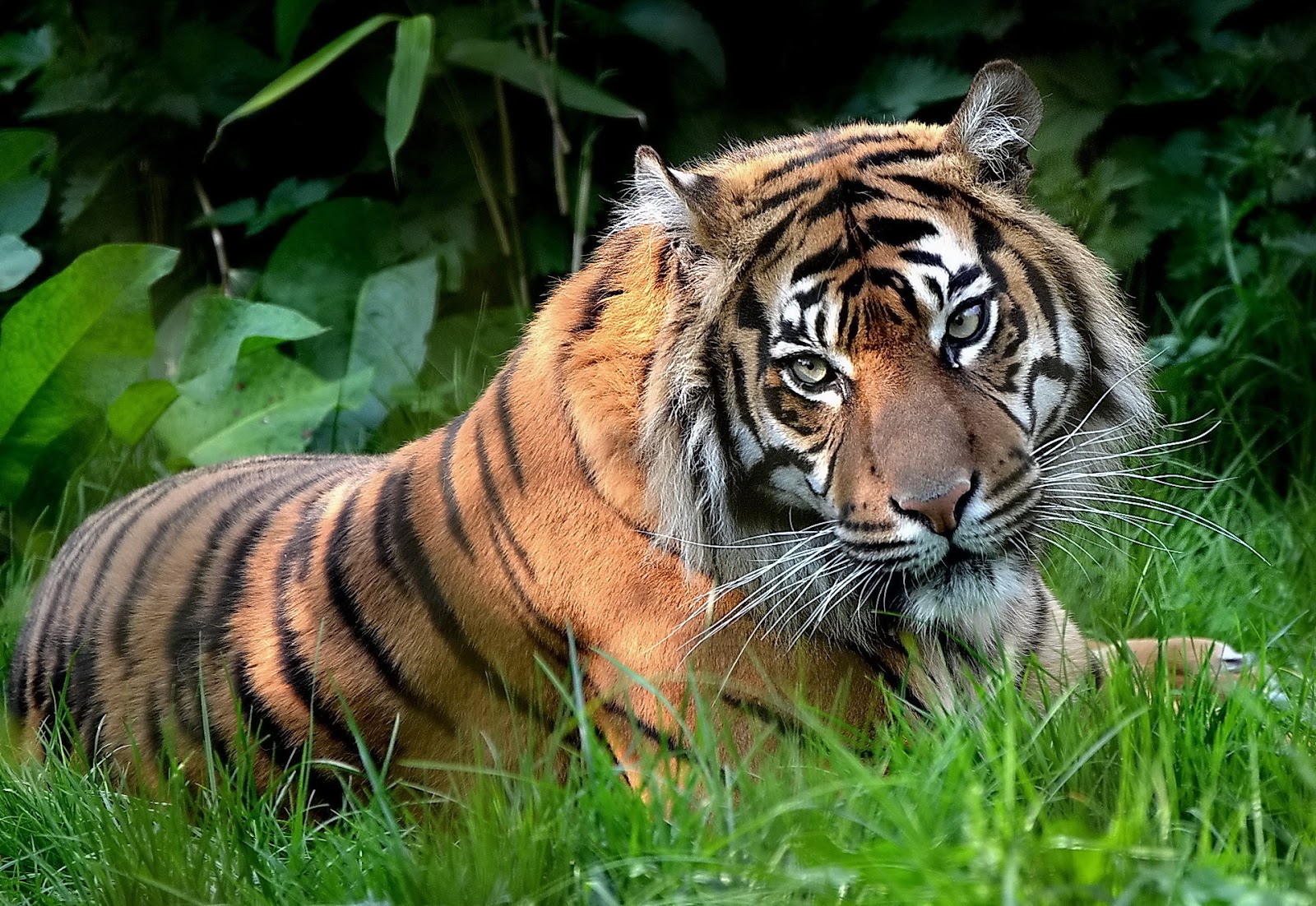Vante Matharam-4. { People of Bharatham since Ancient days, consider, regard, feel, believe this Nation as their Holy Mother; Mother Devi. a combination of Saraswathi, Lakshmi, and Parvathi, called as Durga; a just Sanghalpam of all Ancient Bharatham, this still is followed, So for us Bharatham is our Mother; ......
Indian independence movement
Opinion
07/04/2016.
431.
All Members,
Respected family members of this great holy Nation.
Sub : Vante Matharam-4.
Ref : People of Bharatham since Ancient days, consider, regard, feel, believe this Nation as their Holy Mother; Mother Devi. a combination of Saraswathi, Lakshmi, and Parvathi, called as Durga; a just Sanghalpam of all Ancient Bharatham, this still is followed, So for us Bharatham is our Mother; ......
"Matha, Pitha, Guru, Dhaivam. " { "1. Mother, 2. Father, 3. Teacher, 4. God."} So Mother has the most important place, the first; and PLACE OF GOD IS LAST, this should not be meant disrespect to God, as Lord Krishna says in Gita!
Discussion-4.
—===Indian independence movement===
The flag raised by Bhikaiji Cama in 1907:
"Vande Mataram" was the whole nation's thought and motto for independence [from British rule] during the Indian independence movement. Large rallies, fermenting initially in Bengal, in the major metropolis of Calcutta, would work themselves up into a patriotic fervour by shouting the slogan "Vande Mataram", or "Hail to the Mother(land)!"
The British, fearful of the potential danger of an incited Indian populace, at one point banned the utterance of the motto in public forums, and imprisoned many independence activists for disobeying the proscription.
Rabindranath Tagore sang Vande Mataram in 1896 at the Calcutta Congress Session held at Beadon Square.
Dakhina Charan Sen sang it five years later in 1901 at another session of the Congress at Calcutta.
Poet Sarala Devi Chaudurani sang the song in the Benares Congress Session in 1905.
Lala Lajpat Rai started a journal called Vande Mataram from Lahore.
Hiralal Sen made India's first political film in 1905 which ended with the chant.
Matangini Hazra's last words as she was shot to death by the Crown police were Vande Mataram.
In 1907, Bhikaiji Cama (1861–1936) created the first version of India's national flag (the Tiranga) in Stuttgart, Germany, in 1907.
It had Vande Mataram written on it in the middle band.
A book titled Kranti Geetanjali published by Arya Printing Press (Lahore) and Bharatiya Press (Dehradun) in 1929 contains first two stanzas of this lyric on page 11 as Matra Vandana and a ghazal (Vande Mataram) composed by Bismil was also given on its back, i.e. page 12.
The book written by the famous martyr of Kakori Pandit Ram Prasad Bismil was proscribed by the then British government of India.
Thank you for reading
JAIHIND.
To be continued ..
Opinion
07/04/2016.
431.
All Members,
Respected family members of this great holy Nation.
Sub : Vante Matharam-4.
Ref : People of Bharatham since Ancient days, consider, regard, feel, believe this Nation as their Holy Mother; Mother Devi. a combination of Saraswathi, Lakshmi, and Parvathi, called as Durga; a just Sanghalpam of all Ancient Bharatham, this still is followed, So for us Bharatham is our Mother; ......
"Matha, Pitha, Guru, Dhaivam. " { "1. Mother, 2. Father, 3. Teacher, 4. God."} So Mother has the most important place, the first; and PLACE OF GOD IS LAST, this should not be meant disrespect to God, as Lord Krishna says in Gita!
Discussion-4.
—===Indian independence movement===
The flag raised by Bhikaiji Cama in 1907:
"Vande Mataram" was the whole nation's thought and motto for independence [from British rule] during the Indian independence movement. Large rallies, fermenting initially in Bengal, in the major metropolis of Calcutta, would work themselves up into a patriotic fervour by shouting the slogan "Vande Mataram", or "Hail to the Mother(land)!"
The British, fearful of the potential danger of an incited Indian populace, at one point banned the utterance of the motto in public forums, and imprisoned many independence activists for disobeying the proscription.
Rabindranath Tagore sang Vande Mataram in 1896 at the Calcutta Congress Session held at Beadon Square.
Dakhina Charan Sen sang it five years later in 1901 at another session of the Congress at Calcutta.
Poet Sarala Devi Chaudurani sang the song in the Benares Congress Session in 1905.
Lala Lajpat Rai started a journal called Vande Mataram from Lahore.
Hiralal Sen made India's first political film in 1905 which ended with the chant.
Matangini Hazra's last words as she was shot to death by the Crown police were Vande Mataram.
In 1907, Bhikaiji Cama (1861–1936) created the first version of India's national flag (the Tiranga) in Stuttgart, Germany, in 1907.
It had Vande Mataram written on it in the middle band.
A book titled Kranti Geetanjali published by Arya Printing Press (Lahore) and Bharatiya Press (Dehradun) in 1929 contains first two stanzas of this lyric on page 11 as Matra Vandana and a ghazal (Vande Mataram) composed by Bismil was also given on its back, i.e. page 12.
The book written by the famous martyr of Kakori Pandit Ram Prasad Bismil was proscribed by the then British government of India.
Thank you for reading
JAIHIND.
To be continued ..








Comments
Post a Comment